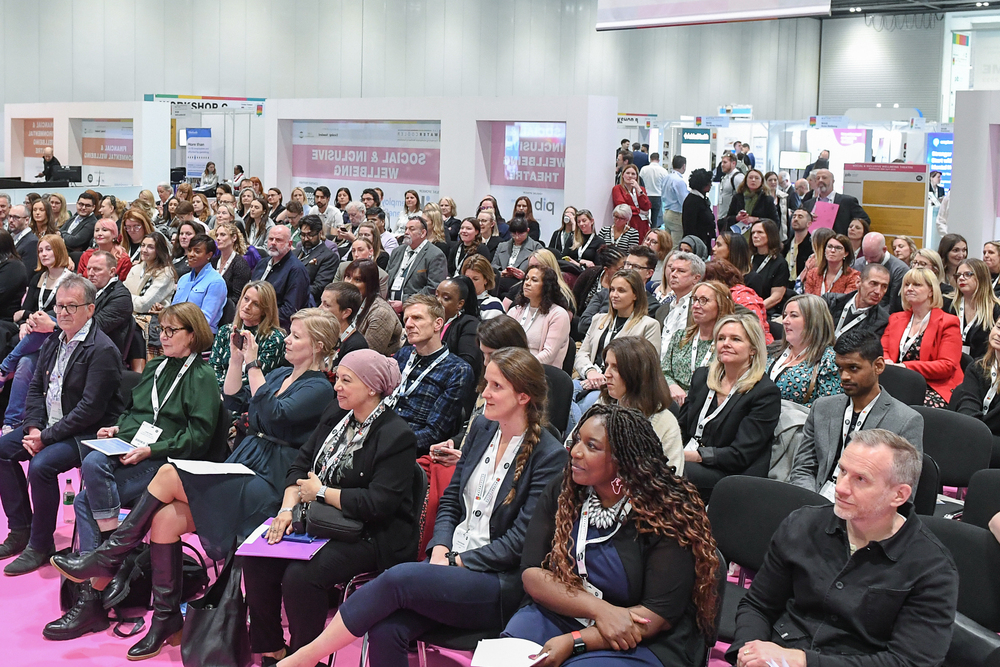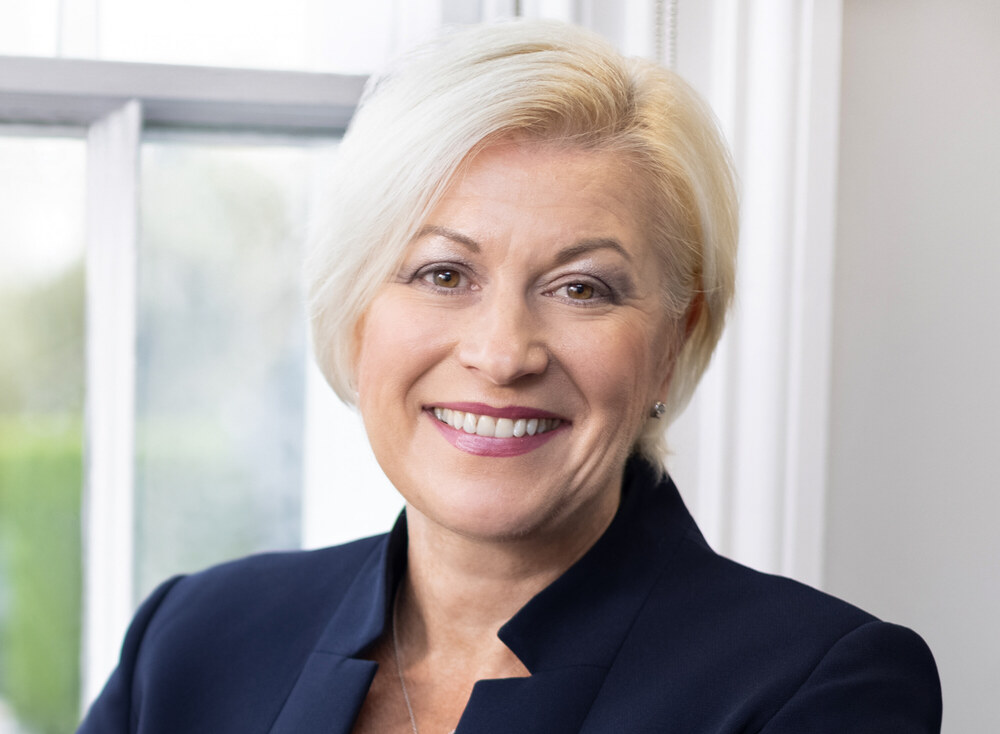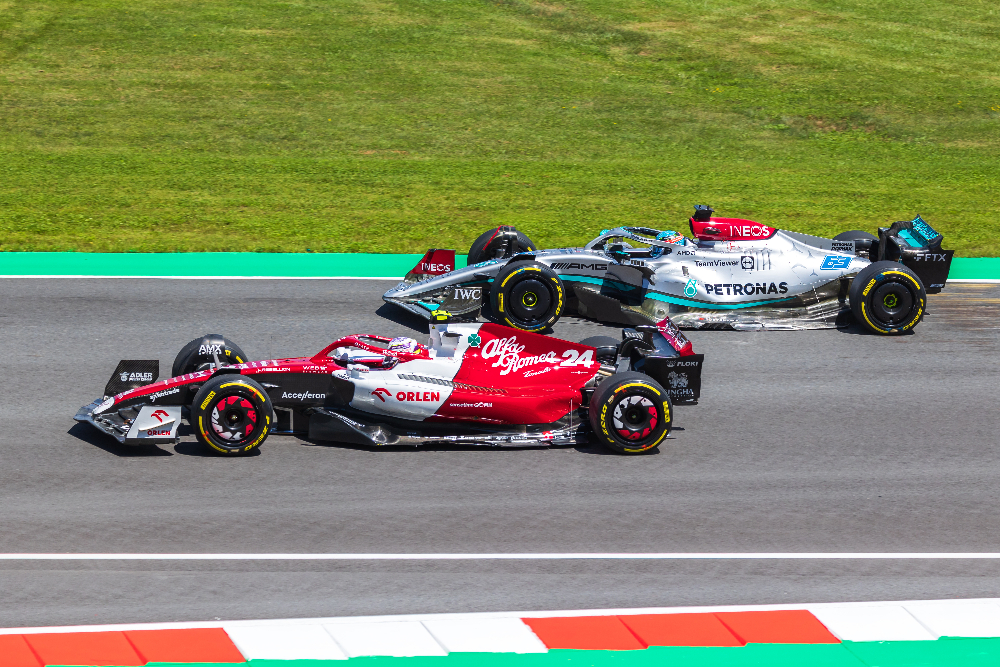We spoke to CIPD Chief Executive Peter Cheese about all things leadership, from cancel culture to conflict to creative tension.
A new kind of leadership is required to face the uncertain, anxious world we are currently living in.
“Any idea that just because you’re the leader, you know all the answers, was never particularly true, but is certainly not true now,” says Cheese, who is also author of The New World of Work: Shaping a Future that Helps People, Organizations and Our Societies to Thrive. “Today, and the future, calls for a different kind of leadership which we are definitely seeing emerging.”
But, while it’s emerging, the change is happening slowly. It needs to happen quicker, if we are going to hit our climate targets and keep our people and planet healthy.
Emotional Intelligence
The prevalent leadership model throughout the 70s, 80s, 90s and even into the noughties, was command and control. You did what you were told as an employee and were not generally encouraged to question or challenge.
We wanted our leaders to be strong, charismatic and hard-charging; those were the people that got respect.
We didn’t celebrate or promote the more emotional side of intelligence, it was about intellectual intelligence and a leader’s ability to get ‘stuff done’. We still need some of that, of course, but we now need a more compassionate, emotionally intelligent style of leadership.
Employees now want to know of their leaders: who are they, and do they actually care about me as a person?
The ability to properly listen (not just pretend to)
In the past, the thinking was ‘I’m the leader, I’ve got the answers, and I tell you what to do. And if you disagree, then that could work against you’.
What we’re moving towards is more open leadership. We are in uncertain and rapidly changing times, so a big part of the role is to listen and to demonstrate some humility, and to recognise you don’t have all the answers.
A primary job as a leader therefore is to bring together people with differing backgrounds and experiences and listen to them, to help to navigate the way forwards. Your role is to support and foster more open discussions, to encourage innovation and change.
For me, as a white, middle-aged male, who’s been fairly fortunate in my career and upbringing, amongst other things this has meant embracing allyship. I can’t pretend I know how it feels to be a person of colour or someone from a very disadvantaged background, but I can listen, and try to learn from their experience of what it means to be in their shoes.
My job as a leader is to seek to understand and to support if I see things that are working against them, such as microaggressions or unfair bias, and to be active in setting the tone for fairness and respect.
If we are going to develop safe cultures, we need more allies. Leaders need to be allies and to be more open to understanding the different people in their workforce, particularly how their backgrounds and experiences shape their thinking.
The ability to gather opinions then – assertively – outline the way forward
Being a good leader-listener who encourages a speak-up culture does not mean an endless free-for-all, or discussions that go round and round in circles.
Ideally, you want to be able to say ‘we’ve listened to the different inputs and this feels like the best route forward’ and for it to feel like a welcome collective decision.
But sometimes it will not be what everyone wants.
So it’s also the leader’s job to make boundaries about speaking up clear, too. All employees – including the leader – must be able to put forward their views and there must be respect on both sides when expressing and hearing these views.
This may involve saying things like ‘I need you to be respectful of others, listen and not think that your way is the only way that this can happen’.
Dogmatic and intolerant thinking is part of a current trend of ‘cancel culture’, which of course can play out in organisations too. I find the cancel culture – where people think it’s acceptable to reject someone else because they disagree with them and refuse to listen – troubling. It leads to further divisions and not to finding solutions.
Leaders have a profound role in creating inclusive cultures but, equally, they have a duty to teach people how to operate in a responsible way, too. It is not healthy to ‘cancel’ someone because you don’t agree with their view; if we end up in a place where we can’t have an open discussion, or people feel they need to hide behind anonymity to express themselves, that is not productive or positive.
The ability to draw out employees’ voices and views
Leaders need to be especially aware of when some employees’ voices are not being heard.
We know that having a voice is a very powerful motivator, and an essential component of a strong and healthy work culture. We also know it’s harder for some employees than others to speak up.
It’s a leader’s job to create that safe place where all employees can speak up without fear of judgment. This takes a very different kind of leadership. Skills which are essential to this, in addition to emotional intelligence, are openness to learning, a curiosity about why people think the way they do and an ability to challenge your own preconceptions.
The tendency to embrace, not avoid, conflict
Tension and conflict are a part of human nature. They occur in our personal relationships, but also in organisations.
Conflict often arises because we have different perspectives. This is positive because innovation comes from bringing differing perspectives together. So, conflict is valuable and important. But leaders must know how to positively manage it to drive new ideas and new ways of working.
If they don’t have this skill, organisations will stand still, stuck in groupthink mode or an echo chamber.
In the past, conflict was often avoided by leaders and organisations recruiting in their own image, by taking on people whose views or experiences aligned with theirs, often leading to quite homogenous cultures. This thinking is changing as we recognise that organisations need to reflect the diversity of their customers and the societies of which they are part, and to access the widest pools of talent they can. Diversity drives innovation and creativity, and the ability to adapt our organisations for the future.
Today we want to bring different experiences together and – yes – there will be tension but leaders want to ensure that is a creative tension, not a destructive one.
The ability to think more holistically about stakeholders
Leaders today have got to be able to understand all their organisation’s stakeholders not just the financial stakeholders or shareholders – their customers, suppliers, workforce, the environment and the communities and society of which they are part.
In the past, it was all about profit and other consequences were not seen to be particularly important. Today, we talk about ESG, about UN sustainability development goals, and the principles of responsible business.
And the stakes are high. Leaders today, and in the future, will only do well by showing they are also doing good.
A commitment to transparency
One of the biggest challenges leaders face is that, while there is much rhetoric around the idea of being a responsible business, people are increasingly cynical about virtue-signalling, green-washing, or poor corporate cultures.
Leaders need to demonstrate that they are truly driving change and investing, and working, ethically and responsibly. That, for me, means better measurement and greater transparency, because the adage is true; what gets measured gets done.

















